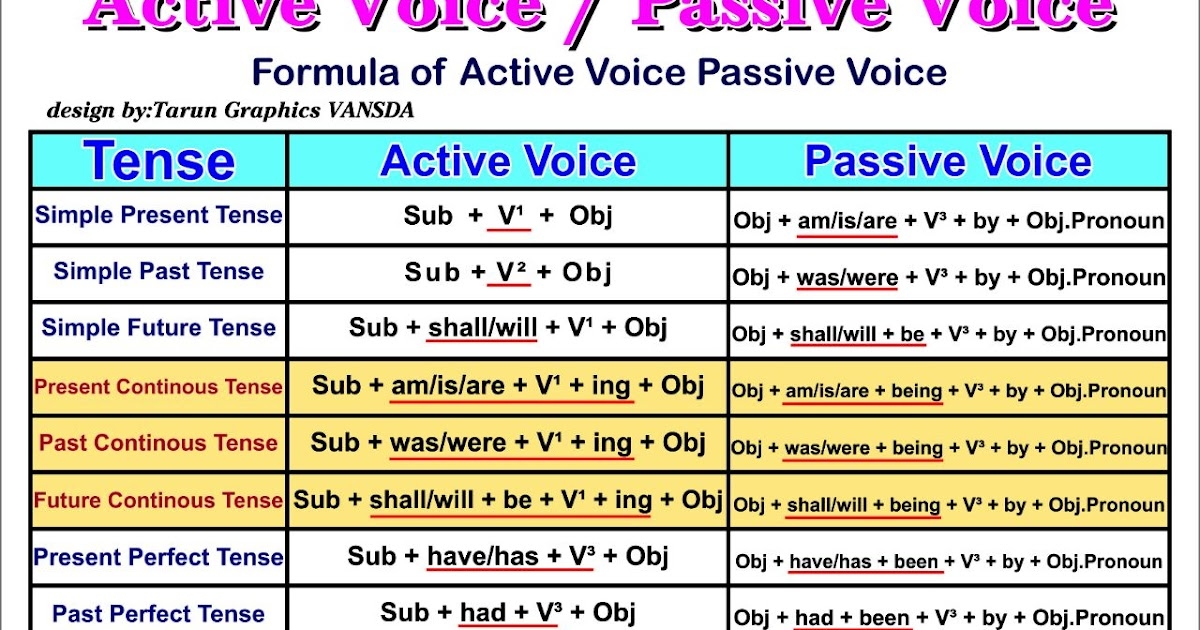Active voice and passive voice are two different ways to present the action in a sentence. In active voice, the subject of the sentence performs the action, while in passive voice, the subject receives the action. Understanding the difference between the two can help improve the clarity and effectiveness of your writing.
Using active voice can make your writing more direct and engaging, while passive voice is often used when the focus is on the receiver of the action or when the doer is unknown or less important. It’s important to know when and how to use each voice effectively to convey your message accurately.
Active Voice and Passive Voice Rules Chart
| Active Voice | Passive Voice |
|---|---|
| Subject performs the action | Subject receives the action |
| Uses active verbs | Uses passive verbs |
| Direct and clear | Can be wordy and less engaging |
| Subject + verb + object | Object + verb + subject |
| Common in most writing | Used in specific situations |
When writing in active voice, it is important to use strong verbs that clearly indicate the action being performed by the subject. This helps to make your writing more engaging and direct. Passive voice, on the other hand, is often used when the focus is on the receiver of the action or when the subject is unknown or less important.
One common mistake when using passive voice is using “to be” verbs excessively, which can make your writing sound weak and passive. To improve your writing, try to identify when passive voice is necessary and when active voice can make your writing more effective.
Overall, understanding the difference between active voice and passive voice can help you communicate your ideas more effectively. By using active voice when appropriate and knowing how to construct sentences in passive voice, you can improve the clarity and impact of your writing.
Remember, practice makes perfect, so keep practicing using both active and passive voice in your writing to become more proficient in using them interchangeably.
